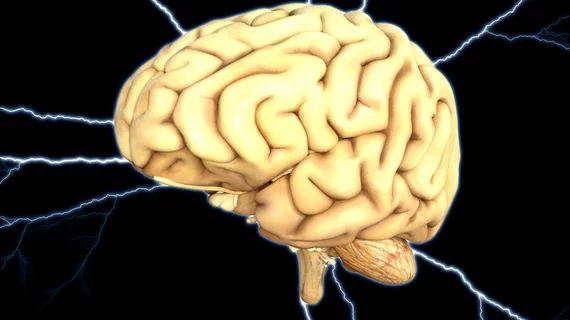Normal daily doses of rivaroxaban (15 to 20 mg) are linked to triple the risk of intracerebral hemorrhage (ICH) when compared to aspirin, according to a meta-analysis of five randomized trials published Aug. 13 in JAMA Neurology.
However, 10 mg daily doses of rivaroxaban and 5 mg doses of apixaban (twice daily) weren’t associated with a significantly higher risk, reported lead author Wen-Yi Huang, MD, PhD, and colleagues.
The meta-analysis compared the use of non-vitamin K antagonist oral anticoagulants (NOACs) to aspirin across all indications. NOACs are commonly substituted for aspirin to prevent stroke in patients with atrial fibrillation, but they may be beneficial in other scenarios provided the risk of ICH remains low, the researchers suggested.
But in this study, 15 to 20 mg per day of rivaroxaban was associated with 3.31-fold odds of ICH compared with aspirin. The comparative risk differences were statistically insignificant for 10 mg of rivaroxaban (46 percent increase) and 5 mg twice daily of apixaban (16 percent decrease versus aspirin).
“Based on these findings, only patients with atrial fibrillation should be considered for administration of 15 to 20 mg of rivaroxaban once daily,” Huang et al. wrote. “In addition, it may be worthwhile to conduct randomized clinical trials comparing certain NOAC dosages (eg, 5 mg of apixaban twice daily) and aspirin in patients who do not have atrial fibrillation but do have potential sources of cardiac emboli that can cause stroke.”
The researchers estimated a 15 to 20 mg daily dose of rivaroxaban would cause an additional three ICHs per 1,000 patients who received it rather than aspirin. Higher doses of rivaroxaban were also associated with more than double the risks of major bleeding and fatal bleeding versus aspirin, whereas lower concentrations of that drug and apixaban weren’t linked to significant increases in those outcomes.
Although though the risk of ICH decreased at lower doses or rivaroxaban, those weaker concentrations might sacrifice some of the protection against ischemic stroke.
“It is worthwhile to mention that such low-dose rivaroxaban did not reduce major cardiovascular events or stroke compared with aspirin in patients with vascular disease, and even a 15-mg dose of rivaroxaban was not better than aspirin for recurrent ischemic stroke prevention among embolic stroke patients without recognized atrial fibrillation,” Huang and colleagues wrote.
Head-to-head comparisons against warfarin weren’t available for edoxaban or dabigatran, the authors noted, but indirect comparison suggested there wouldn’t be an increased risk of ICH with those NOACs. However, the researchers said those results should be interpreted with caution.

